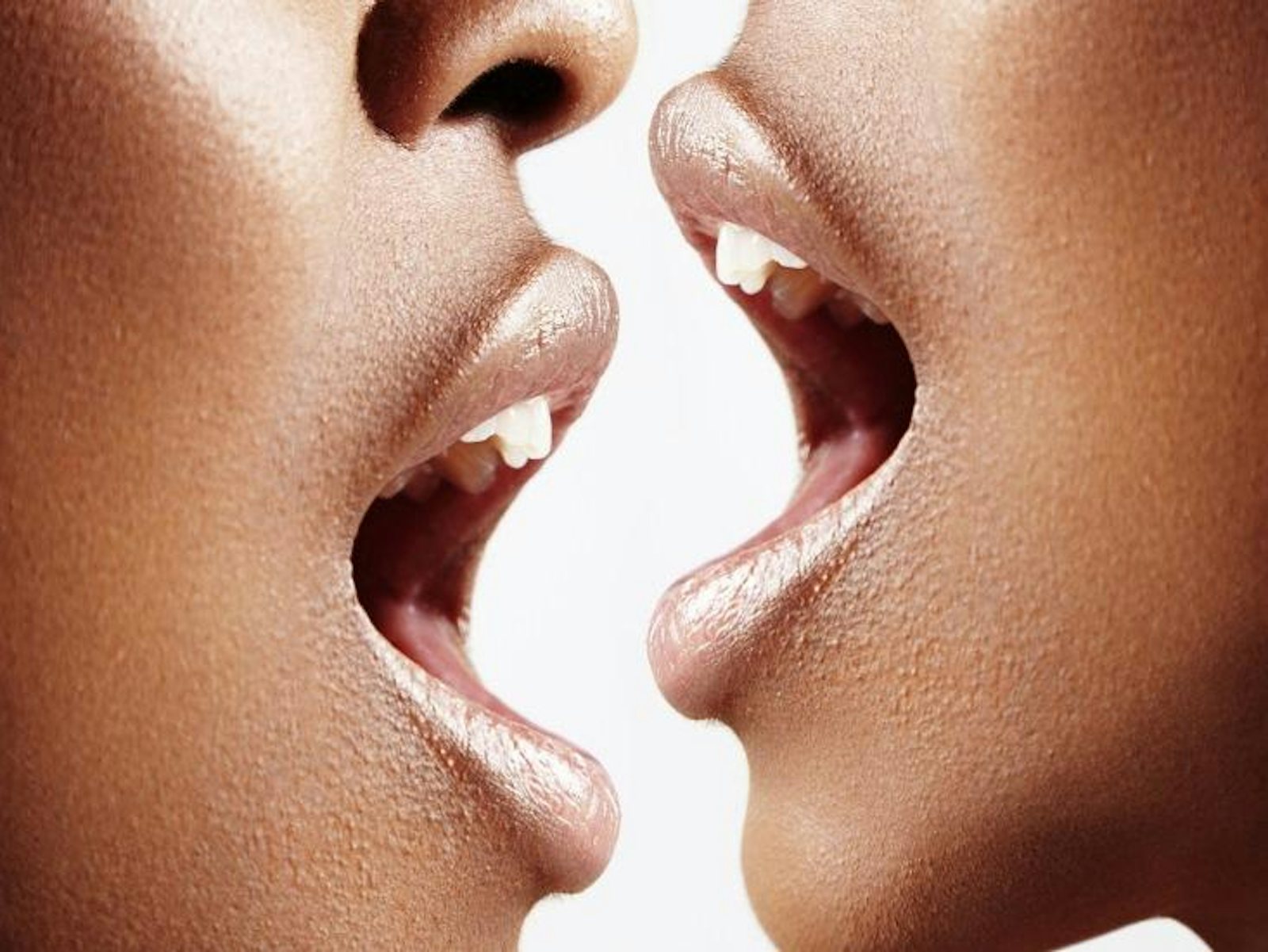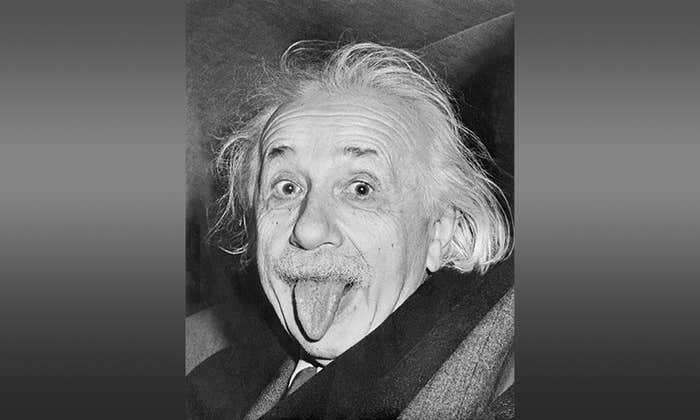Unless you’ve been on a media blackout this summer, you likely have heard the story of civil-rights activist Rachel Dolezal, an ethnically white woman who has long presented herself as black. The story provoked curiosity and controversy, prompting some to object that she was clothing herself in a racial identity that was not rightfully hers. Dolezal is certainly not the only white person to be drawn to an African-American identity. And though she may be unusual in having pretended to be black, some whites aim to sound black by adorning their speech with features of the variety of English known as African-American English (AAE). When is the use of AAE by white people a form of cultural theft, and when is it the natural outcome of a lifetime of experiences and relationships within an African-American community? A close analysis of a person’s speech patterns can offer clues about the authenticity of his or her use of AAE—whether it’s a white suburban teenager obsessed with hip-hop or a white woman who has grown up in a black community and made a life there.
“Sounding black” involves far more than seasoning your speech with slang associated with popular African-American culture. A catalogue of AAE features by Stanford linguist John Rickford contains 55 grammatical and sound-based distinctions between AAE and SAE. Common AAE features include the tendency to delete the sounds “t” or “d” in words like past or hand; dropping the verb is or are in the present tense (“He tall” in AAE/“He is tall” in SAE); generalizing is and was beyond the third-person singular (“We was there” in AAE/”We were there” in SAE); and dropping relative pronouns (“That’s the man come here” in AAE/“That’s the man who came here” in SAE).
Since the language we speak comes from our environment rather than from our genes, the overlap between AAE and black ethnicity is blurry; not all African Americans speak AAE, and some non-African-Americans do. But like all languages and dialects, AAE is a complex system, and mastering it takes a certain amount of exposure and interaction with actual speakers of the dialect, preferably early in life. A more superficial exposure can leave tell-tale traces in the speech of non-native AAE speakers, ringing false to the ears of African Americans in much the same way as a bad actor’s flimsy accent.
For example, it’s not enough to know that AAE speakers tend to drop “t” and “d”—you also need to have a feel for when to drop these sounds. In AAE, they’re least likely to be dropped from words like missed or rolled, where the targeted sound is part of the regular past-tense marker –ed tagged onto the end of a verb, and most likely to be dropped from words like mist or bold, where the “t” or “d” sound is an integral part of a simple word. These subtle statistical relationships are important in differentiating one dialect from another. As it turns out, “t” and “d” also tend to get dropped by speakers of Appalachian English, but this depends more on the nature of the specific sound that follows the targeted “t” or “d” and less on whether past tense markers are involved.

Researchers Greg Guy and Cecelia Cutler argue that these kinds of statistical relationships can be exploited to determine whether speakers are deleting “t” or “d” sounds because AAE is their authentic dialect or whether they’re “performing” an AAE style. Non-native users of AAE who are deliberately style-shifting in the direction of AAE forms are likely to overshoot, exaggerating the difference between the categories of words.
Guy and Cutler compared the speech of nine white teenagers involved in hip-hop with that of three African-American rappers (Dr. Dre, Nas, and Chuck D) and two white rappers (Eminem and Eyedea). Several of the teens frequently dropped “t” and “d” sounds in interviews with the researchers, and they did so in a pattern that inflated the difference between word classes relative to native AAE speakers. This was similar to the performance style of the white rapper Eyedea (pronounced “Idea”) and the black rapper Chuck D, who, the authors note, grew up as a middle-class kid in Long Island, earning a university degree in graphic design. But the other black rappers—along with Eminem—showed a very different pattern in radio interviews: although Dr. Dre and Nas dropped “t” and “d” sounds at a much higher rate overall than Eminem, all three minimized the difference between word classes, suggesting that they were, if anything, trying to suppress the dropping of sounds and aiming toward a more standard form of English than their “natural” form of speech. (Listen to the difference between the interview speech styles of white rapper Eminem and black rapper JayZ.)
The idea that a quantitative analysis of someone’s speech can part the curtain and reveal his “true” linguistic self is an intriguing one. But the very notion that a person has a single authentic dialect is somewhat suspect in America’s current racial landscape—as is the idea of a static dialect called African-American English. As noted by linguist John McWhorter, most African Americans today experience a double consciousness when it comes to culture and dialect, constantly oscillating between Standard and African-American forms in a way that displays an acute awareness of the social implications of these dialects. In a sense, whiteness and blackness are constantly being “performed” through language.
Black people in the U.S. are not the only ones faced with these complicated socio-linguistic existences. Some of the most striking insights about the fluidity of ethnic dialects and their social meanings come from research by Devyani Sharma on the English spoken in the Punjabi neighborhood of Southall in West London. Sharma analyzed sound features commonly found in Indian British English in the speech of two generations of British-born Punjabi men in Southall. The younger generation showed the same overall proportion of Indian sound features as the older men, but only the older men style-shifted. This first generation of men, who had grown up in Southall at a time when Asians were in the minority and ethnic hostilities were hot, sometimes spoke in speech that was scrubbed of Indian sound features, sometimes in speech that dripped with them, and other times in speech styles between. They shifted their language style depending on the ethnicity and class of their conversational partners. They even shifted styles within the same conversation to highlight an emotional stance on a topic. In one conversation, a speaker swung into Indian-English forms to express outrage at British imperialist policies, then back to British-English pronunciation to coolly summarize his argument.
In contrast, the younger men grew up during a time of relative harmony between racial groups in Southall, with Asians in the majority. These young men still mixed Indian features into their English, but they used the same blended style regardless of who they were talking with or what they were saying. They behaved as if they had one native dialect and one cultural consciousness rather than two.
Perhaps the style-shifting between African-American and Standard-American English is yet one more piece of evidence of the starkness of race in America, with language used to negotiate access and allegiance to social groups that are racially defined. For whites, the successful use of AAE involves more than just exposure, as shown by Sonya Fix in her study of white women with close ties to an African-American community. While all of these women—a number of whom had grown up, married, and borne children within an African American community—had some elements of AAE in their speech, the degree to which they sounded black varied widely and reflected the extent to which they felt it was legitimate for them adopt that style of speech.
Gaining legitimacy may involve a certain degree of linguistic restraint. Fix’s work showed that her subjects, who were immersed in African-American culture and used a wide range of AAE features, nevertheless tended to steer clear of slang and some of the most striking features of AAE that are heavily stereotyped in the media, such as the dropping of the verbs “is” and “are.” The same was found by Julie Sweetland in her case study of a young white woman who had grown up in a black Cincinnati neighborhood and was considered by her African-American friends to be “basically black” and an authentic speaker of AAE. Perhaps for these women, successful style-shifting into AAE involved conveying, through their selective embrace of AAE features, that they appreciated that there was a crucial difference between being “basically black” and the real thing.
Julie Sedivy teaches at the University of Calgary. She is the author of Language in Mind: An Introduction to Psycholinguistics and the co-author of Sold on Language: How Advertisers Talk to You and What This Says About You.






























